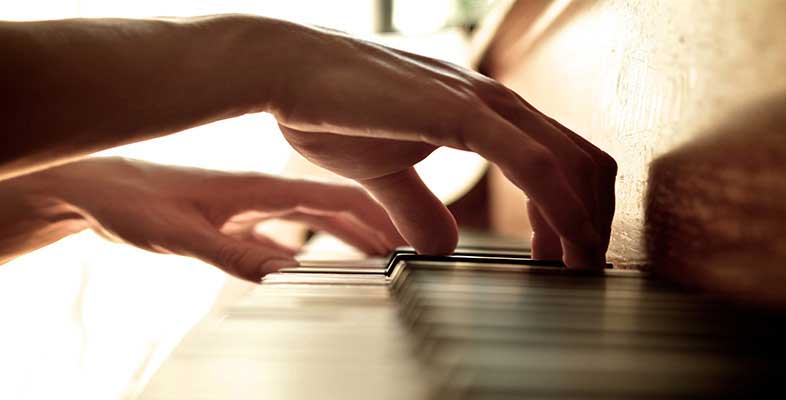6.1 Accidentals
While examining the structures of the G major and F major scales, we noted that the symbol for the sharp is a #, and that for the flat, a ♭. These symbols are called accidentals. With the discussion of minor scales, you discovered the third accidental you need to know, the natural, ♮. You will have noticed it in some of the music examples and in the chart of minor scales in the previous section (Example 56).
While the role of the sharp is to raise a note a semitone, and the flat is to lower a note a semitone, the natural ‘cancels’ a previous sharp or flat. It lowers a sharpened note by a semitone, or raises a flattened note by a semitone. Naturals can therefore be used in a particular bar to cancel sharps or flats that have appeared earlier in the bar. Naturals can also be used to cancel sharps or flats that appear in the key signature. As you know, sharps or flats in a key signature dictate which notes are sharpened or flattened throughout a piece (unless the key signature is changed at some point), but you can use naturals to cancel the sharps or flats of notes as you proceed.
